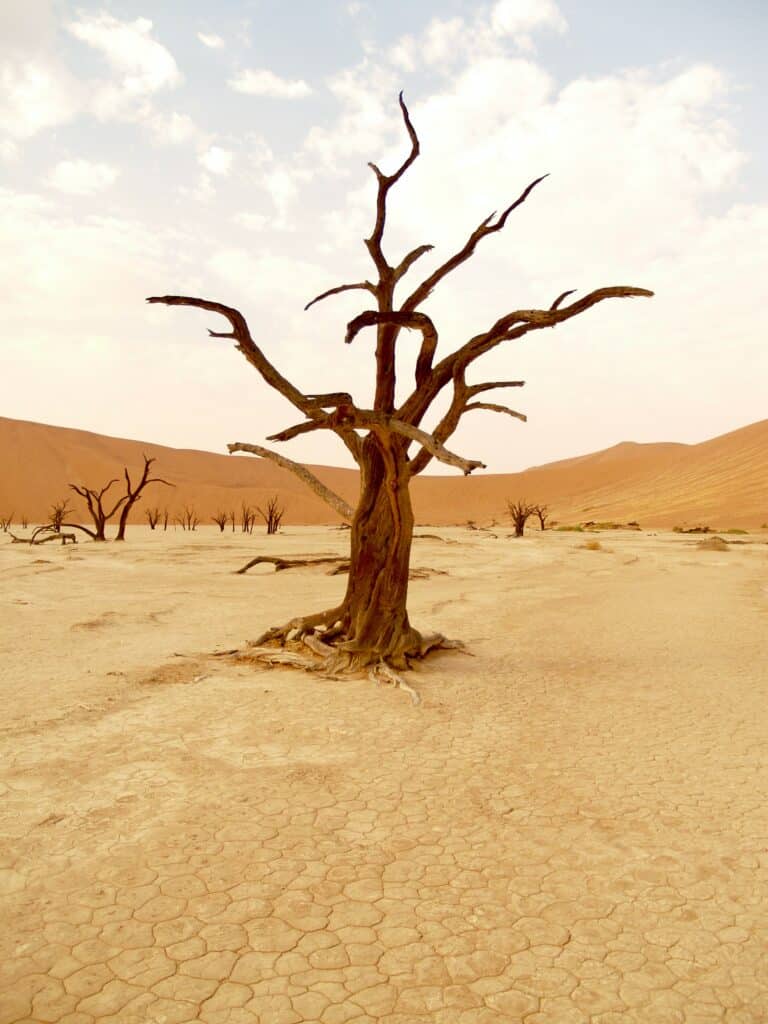Natural disasters have always had a profound impact on human societies. In the past, they have often caused great loss of life and damage to property. While some of the effects of natural disasters are immediate, others can last for years or even centuries. For example, volcanic activity can cause long-term changes to the environment, such as erosion of coastal margins and infilling of estuaries. Drought and famine can also have lasting effects on people and their livelihoods.
Our ancestors faced many challenges, including natural disasters. While we can’t know exactly how they would have reacted to modern conditions, we can imagine what they might have done. Would your great-great-grandparents have given up their farm if it was flooded? Would your carpenter ancestor have moved to a location where there was a lot of work available to repair the damage caused by a major windstorm? Did any of your ancestors lose their lives when tragedy struck?
Climate change is often seen as an abstract or distant concept, but our own history is intimately connected to it. By tracing our family trees, we can see how historical events – including those that contributed to climate change – have shaped our lives.
With no reliable way to compare internal migration statistics between countries and across time, studies that examine the impact of climatic conditions on this type of movement have to settle for using the urbanization rate as a proxy. This is calculated as the percentage of a country’s population that lives in urban areas, and it provides some insight into the overall trend of the rural-urban movement.
The Climate Change and Migration Debate
There is a great deal of debate surrounding the link between climate change, natural disasters, and internal migration. Some evidence suggests that there is a connection between the three, while other evidence suggests that the connection is not as strong. The climate change migration debate has been presented as “new”, however, the history of the dispute demonstrates that it is a long-standing occurrence. The impact of climate on migration has long been recognized. In 1889, Ravenstein mentioned, “unattractive climate” as a factor that drives migration. More recent theories have emphasized the role of economic factors, but the evidence suggests that climate still plays an important role. The American geographer Ellen Churchill Semple wrote that “the search for better land, milder climate and easier conditions of living starts many a movement of people which, in view of their purpose, necessarily leads them into an environment sharply contrasted to their original habitat”.

The nature of the connection also varies depending on the type of disaster and the region in question. In general, it seems that short-term shocks (such as natural disasters) tend to increase urbanization rates in developing countries, while long-term events (such as increasing temperatures) tend to positively affect internal migration in middle-income countries but not in low-income countries. These latter effects are likely due to economic constraints. The OECD research found that natural disasters closely related to climate change are leading to increased migration from developing countries to receiving countries such as Australia, Canada, France, Germany, the UK and the US.
The impact of climatic shocks on population movement is clearly seen in economic history. For example, the American Dust Bowl of the 1930s was caused by severe drought and intensive land use, which led to permanent soil erosion. This resulted in substantial agricultural costs and a relative decline in population as people migrated from high-erosion to low-erosion areas. Climatic shocks can have a significant impact on international migration, particularly for countries that are heavily dependent on agriculture. Using data from 163 origin countries and 42 destination countries, researchers have found that higher temperatures tend to lead to increased migration flows. However, this is only the case for nations that place high importance on agriculture.

Despite early indications that the environment plays a role in migration, references to this factor have all but disappeared from academic literature over the course of the 20th century. Notable publications on the subject, such as those by J.W. Gregory, Donald R. Taft, and Julius Isaac, make no mention of environmental factors. As the world became more technologically advanced, it was often assumed that humans will have less and less need to rely on nature. This idea has led some to believe that environmental migration – moving to escape the effects of climate change and other environmental problems – is a primitive form of migration that will eventually become obsolete.
More modern climate change has led to the resurgence of the term “environmental migrants.” In the 1980s and early 1990s, a few key publications sounded the alarm on this issue, estimating that climate change could force 150 million people to relocate by the end of the 21st century. In his 2007 report on the economic consequences of global warming, Nicholas Stern warned that climate change could lead to mass migration as people flee from areas affected by droughts, floods, and sea level rise. He noted that this could cause great strain on resources, leading to further conflicts.
Climate change is driving people from their homes in ever-increasing numbers. But the term “climate refugee” is controversial, with some experts arguing that it does not accurately describe the complex reasons behind migration.
The 1951 Refugee Convention defines a refugee as someone who crosses a border out of fear of persecution or violence. But many people displaced by climate change do not fit this definition, as they may move internally within their own countries or to places where they have family ties. Climate change can be a significant factor in decisions to migrate, but it is often just one of many factors, such as poverty or political unrest. For this reason, some experts argue that policymakers should think of migration as a form of adaptation to climate change, and reject the term “climate refugee.”
What do you think, is climate change a big factor in migration? Were your ancestors affected by climate change migration? Maybe you can find out by exploring your family tree at GEDmatch – GEDmatch offers a free DNA site built for genetic genealogy research. With a global database of autosomal DNA data and unmatched utility, we make this data accessible and effective.




